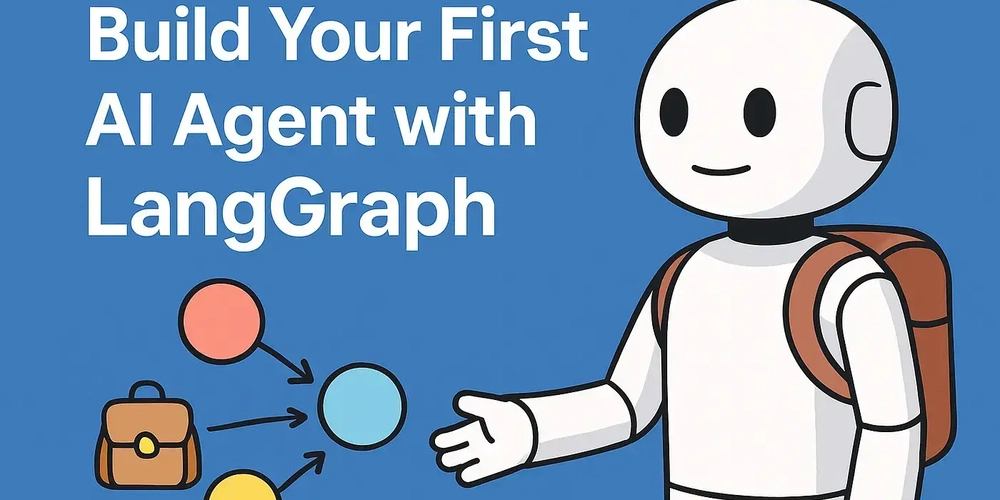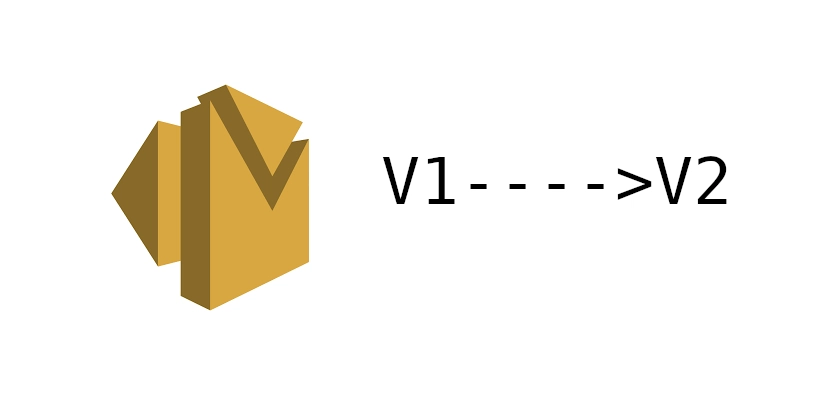
Master the Bridge Pattern: A Simple Guide with Practical Examples & Code
The Bridge Pattern: it sounds complex, but it's a powerful way to write flexible and maintainable code. This guide breaks down the bridge design pattern with practical examples, clear explanations, and even a TypeScript code snippet so you can start using it today!
What is the Bridge Pattern? (Seriously Simple!)
The bridge design pattern decouples an abstraction from its implementation, allowing them to evolve independently. Instead of tightly coupling these two aspects, you create a "bridge" interface that handles the communication. Think of it like a universal remote controlling different TVs: the remote (abstraction) stays the same, but you can switch between TV brands (implementation) without changing the remote itself.
Real-World Examples: See the Bridge Pattern in Action
Still unsure? Let's look at some relatable scenarios:
- Game Controllers: Imagine using one controller (abstraction) to play games on different consoles like Xbox, PlayStation, or Switch (implementations). The controller's interface--buttons and joysticks-- remains constant, allowing interaction with various underlying console systems.
- UI Themes: Think about switching between a Light, Dark and Neon theme on your favorite website (implementations) , without affecting the underlying structure of the buttons, models, and cards (abstractions).
- Vehicles and Engines: A car or truck (abstraction) can have different types of engines, like petrol, electric, or hybrid (implementations). The vehicle design remains independent of the specific engine it uses.
TypeScript Code Example: Remote Control and Devices
Let's bring this to life with TypeScript code:
- Define the Implementation Interface:
- Concrete Implementations:
- Define the Abstraction:
- Use it
Why Use the Bridge Pattern? Key Benefits
- Reduce code duplication: Avoid redundant code by separating abstractions and implementations.
- Separate concerns: Keep logic and implementation distinct for better organization.
- Swap implementations easily: Easily switch between different implementations, like database drivers or themes, without affecting the overall structure.
- Extend without fear: Add new devices or remote functions independently.
Practical Applications: Bridge Pattern in the Real World
The bridge pattern is used widely in various software development scenarios. Here are a few examples:
- Database Drivers: Abstract DatabaseClient (PostgreSQL, MongoDB, MySQL).
- Payment Gateways: Abstract PaymentService (Stripe, PayPal, Apple Pay).
- Cloud Storage: Abstract StorageService (AWS S3, Google Cloud, Azure Blob).
- Frontend Themes: Abstract Theme (Light, Dark, Custom).
- Media Players: Abstract Player (MP3, MP4, WAV).
Key Pattern Structure: A Quick Summary
Important Tip: Bridge Pattern for Senior-Level Design
When designing large systems, use the bridge pattern if your abstractions and implementations need to grow independently. It's a much better solution than creating too many subclasses (subclass explosion). It enables a flexible, extensible, and SOLID-friendly code.
Final Summary: The Bridge Pattern in One Line
"The Bridge pattern separates what you do (abstraction) from how you do it (implementation)."






